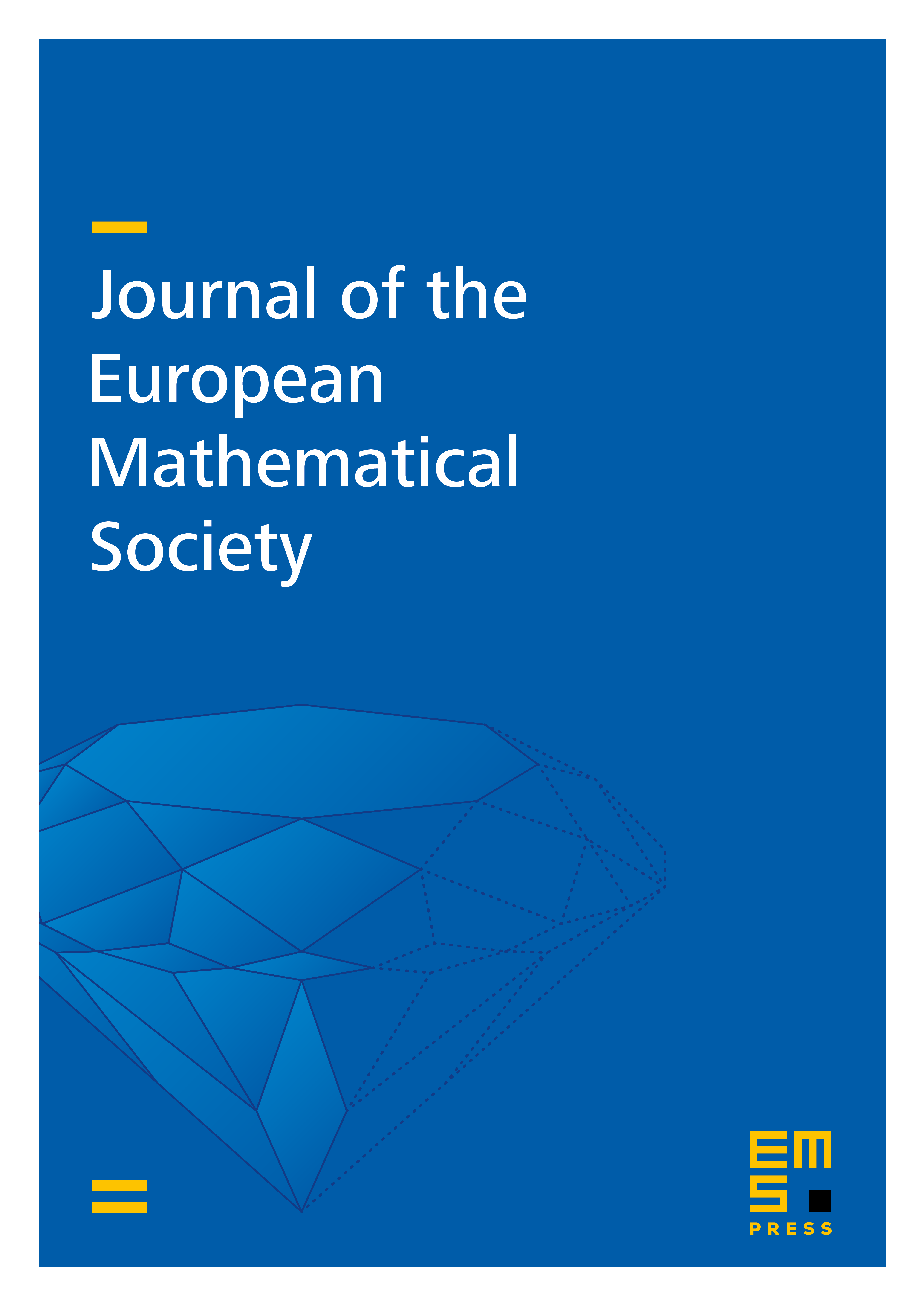Commensurated subgroups and micro-supported actions (with an appendix by Dominik Francoeur)
Pierre-Emmanuel Caprace
Université Catholique de Louvain, Louvain la Neuve, BelgiumAdrien Le Boudec
École Normale Supérieure de Lyon, France

Abstract
Let be a finitely generated group and be a minimal compact -space. We assume that the -action is micro-supported, i.e. for every non-empty open subset , there is an element of acting non-trivially on and trivially on the complement . We show that, under suitable assumptions, the existence of certain commensurated subgroups in yields strong restrictions on the dynamics of the -action: the space has compressible open subsets, and it is an almost -boundary. Those properties yield in turn restrictions on the structure of : is neither amenable nor residually finite. Among the applications, we show that the (alternating subgroup of the) topological full group associated to a minimal and expansive Cantor action of a finitely generated amenable group has no commensurated subgroups other than the trivial ones. Similarly, every commensurated subgroup of a finitely generated branch group is commensurate to a normal subgroup; the latter assertion relies on an appendix by Dominik Francoeur, and generalizes a result of Phillip Wesolek on finitely generated just-infinite branch groups. Other applications concern discrete groups acting on the circle, and the centralizer lattice of non-discrete totally disconnected locally compact (tdlc) groups. Our results rely, in an essential way, on recent results on the structure of tdlc groups, on the dynamics of their micro-supported actions, and on the notion of uniformly recurrent subgroups.
Cite this article
Pierre-Emmanuel Caprace, Adrien Le Boudec, Commensurated subgroups and micro-supported actions (with an appendix by Dominik Francoeur). J. Eur. Math. Soc. 25 (2023), no. 6, pp. 2251–2294
DOI 10.4171/JEMS/1236